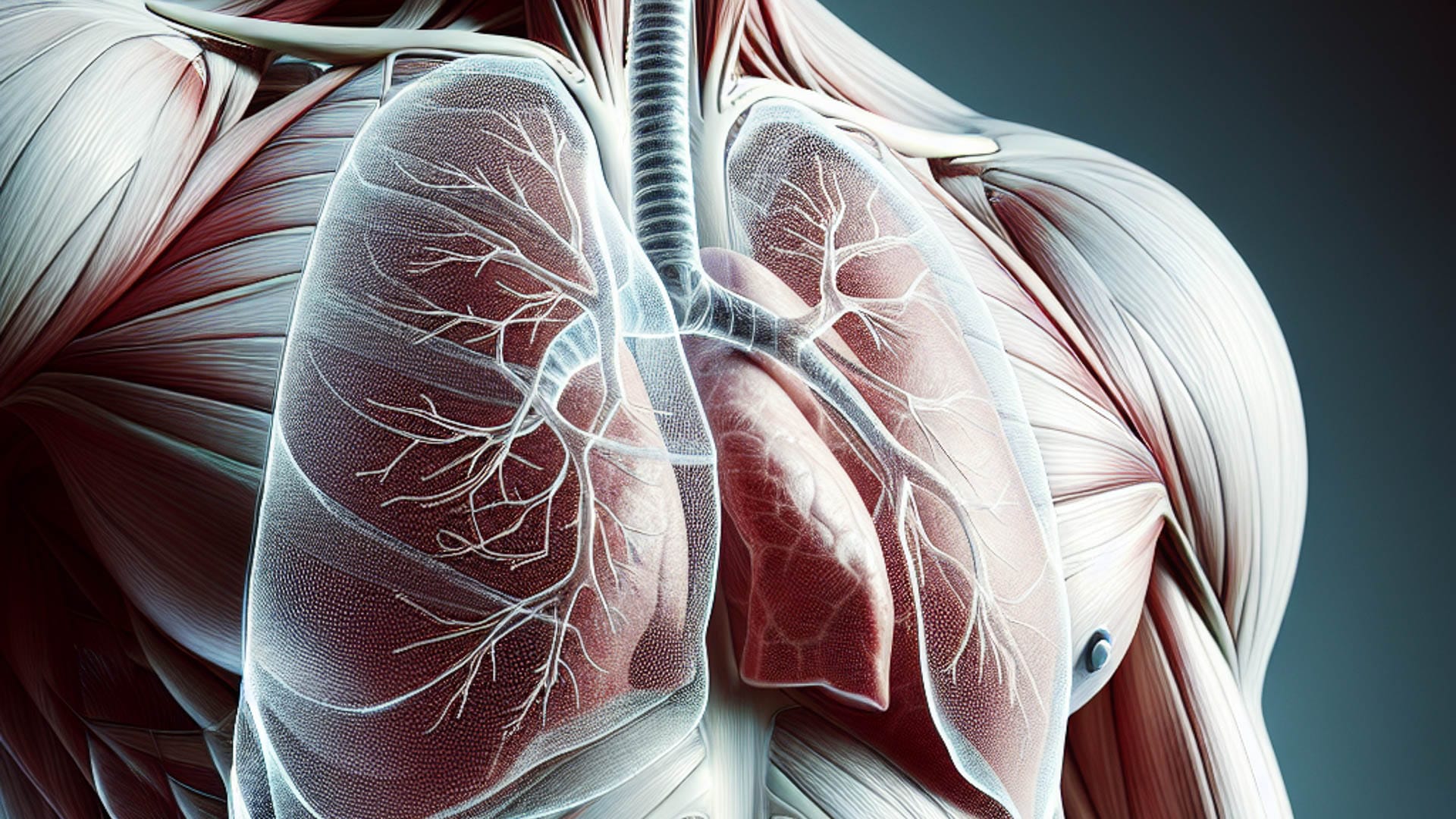What is Bhramari Pranayama?
Bhramari Pranayama is a breathing technique deeply rooted in the ancient practices of yoga. Derived from the Sanskrit word Bhramara meaning bee, this breathing technique is commonly known as the humming bee breath, as it mimics the soft, humming sound of a bee, creating vibrations that resonate throughout the body. It is one of the best tools in yoga to calm the mind and nervous system and revitalize brain function. It facilitates deep relaxation but also stimulates the parasympathetic nervous system, fostering a state of rest and rejuvenation.
The Tradition of Bhramari Pranayama
Bhramari Pranayama is highlighted in foundational yogic scriptures of Hatha Yoga as a practice that supports spiritual growth. In the Gheranda Samhita (17th century CE) and Hatha Yoga Pradipika (15th century CE), it is said that the practice of Bhramari alone could lead to samadhi—a state of profound bliss and spiritual absorption.
The Gheranda Samhita specifically emphasizes that Bhramari facilitates samadhi by attuning practitioners to the internal sound, known as Anahata Nada, often referred to as the “unstuck sound.” This subtle inner vibration is said to arise naturally during practice and is regarded as a direct pathway to deeper meditative states.
“In the resonance [of the unstruck sound] is a light and in the light is the mind. In it the yogi attains absorption. That is the ultimate seat of Vishnu. Thus there is success in Bhramari and the yogi may achieve success in Samadhi” (Gheranda Samhita, translation by James Mallinson)
“By this yogic practice [Bhramari] one becomes lord of the yogis and the mind is absorbed in bliss” (Hatha Yoga Pradipika, translation by Swami Muktibodhananda)
Benefits of Bhramari Pranayama – What does science say?
In 2024, a group of researchers conducted a literature review to examine the current evidence on the health effects of Bhramari Pranayama (Chetry et al., 2024). The review focused exclusively on experimental studies, as these designs help establish stronger cause-and-effect relationships by enabling researchers to more carefully control and manipulate variables.
The authors identified 46 experimental studies conducted between 2006 and 2023, encompassing a total of 3,097 participants, the majority of whom were based in India. The findings provide strong evidence of Bhramari’s positive effects on mental well-being, heart health, and lung function. Here’s what the science revealed:
Psychological Benefits
- Improved Brain Activity (7 studies): Bhramari was shown to increase brain wave patterns linked to relaxation (alpha waves) and focus (gamma waves). It also promoted better synchronisation in brain areas involved in emotional regulation and decision-making.
- Boosted Cognitive Performance (6 studies): Results revealed that the practice enhances attention and significantly reduces reaction times, helping individuals stay sharp and respond faster.
- Reduced Stress and Anxiety (6 studies): Bhramari was shown to lower stress, anxiety, and depression levels, fostering a greater sense of calm and emotional balance.
- Better Sleep and Quality of Life (7 studies): Evidence demonstrated that this practice improves sleep quality, increases comfort, and enhances overall mental health and life satisfaction.
- Balanced Body Energy (2 Studies): Bhramari was found to balance the Doshas (vata, pitta, and kapha), promoting physical harmony.
Cardiovascular Benefits
- Heart Rate and Blood Pressure (13 studies): During practice, heart rate, and diastolic blood pressure temporarily rise, but afterward, significant reductions in heart rate, systolic and diastolic blood pressure, and pulse rate was observed, as well as increase in heart rate variability providing evidence of a positive shift toward parasympathetic dominance and an improvement of overall cardiovascular health.
- Cardiovascular reactivity to stress (4 studies): Bhramari reduced hyper-reactivity to the cold pressor test, suggesting better cardiovascular resilience.
- Cardiorespiratory Endurance and Hemoglobin (2 studies): One study found an increase in cardiorespiratory endurance, while another reported improved hemoglobin levels after short-term practice.
Pulmonary Benefits
- Improved Lung Function (3 studies): Significant improvements in lung capacity and airflow were observed.
Patient with Specific Health Conditions
- Hypertension (4 Studies): Hypertensive patients experienced reduced systolic blood pressure and improved heart rate variability, reflecting better stress management and cardiovascular health.
- Tinnitus Relief (3 Studies): Patients reported less tinnitus-related distress, improved quality of life, and reduced anxiety and depression.
- Better Sleep and Emotional Well-being (5 Studies): Bhramari helped manage insomnia, reduced stress in dental and asymptomatic COVID-19 patients, and eased menopausal symptoms.
- Respiratory Improvements (2 Studies): Bhramari reduced symptoms like breathlessness and nasal congestion in conditions like chronic obstructive pulmonary disease (COPD) and chronic rhinosinusitis.
- Other Benefits (2 Studies): Improved focus in visually impaired students and reduced cardiovascular stress in pregnant women were also observed.
Physiological Mechanisms of Bhramari
The exact mechanisms by which Bhramari Pranayama affects the body are still not fully understood. However, increasing research over the past decade has proposed several strong hypotheses regarding the potential mechanisms involved (Trivedi et al., 2021).
Firstly, Bhramari Pranayama incorporates many of the benefits associated with slow-paced pranayama. Slow-paced breathing causes the blood pressure oscillations to synchronise with the rhythm of the heart contributing to temporal coherence between respiratory, blood pressure, and cardiac oscillations. This synchronization enhances vagal tone and maximizes parasympathetic activity, which plays a crucial role in promoting relaxation and reducing stress.
In addition, there is emerging evidence suggesting that Bhramari Pranayama increases the expression of nitric oxide (NO). For a long time, nitric oxide (NO) was considered an atmospheric pollutant with no biological role. However, in 1998, Robert Furchgott, Louis Ignarro, and Ferid Murad were awarded the Nobel Prize in Physiology or Medicine for their discoveries regarding nitric oxide as a signaling molecule in the cardiovascular system.
Since then, it has been well established that NO is a key regulator of cardiovascular function, metabolism, neurotransmission, and immunity (Lundberg et al., 2022). Some studies propose that the gentle humming sound produced during Bhramari Pranayama creates vibrations in the airways, particularly in the nasal passages and sinuses.
These vibrations are thought to increase the production and release of NO within the nasal cavity, which is then absorbed into the lungs (Ushamohan et al., 2023). The increased release of NO in the body may have several beneficial effects, including:
- Vasodilation and improved blood flow: NO relaxes blood vessels, improving circulation and lowering blood pressure. This contributes to cardiovascular health and may reduce the risk of hypertension and heart disease.
- Antimicrobial properties: NO has strong antimicrobial effects, helping the body fight off bacteria, viruses, and other pathogens in the respiratory system.
- Enhanced oxygen uptake: NO plays a role in improving the efficiency of oxygen exchange in the lungs, supporting better respiratory function.
- Reduced inflammation: NO helps regulate inflammation in the body, which can be beneficial for conditions like asthma and other chronic respiratory issues.
- Brain health and mood regulation: NO supports neural signaling and may improve cognitive function, memory, and mood, complementing the calming effects of Bhramari on the nervous system.
A study conducted on 10 healthy adults found that nasal NO levels were seven times higher during humming compared to quiet exhalation (Lundberg et al., 2003). While it remains unclear whether Bhramari generates more NO than simple humming, the ear canal occlusion and the use of specific technics like Shanmukhi Mudra may enhance the resonance and vibrations, potentially increasing NO release. Further research is needed to explore these effects in more detail.
How to Practice Bhramari Pranayama ?
Find a quiet and comfortable place to sit, ensuring your spine is straight. Keep the teeth lightly together. This will increase the resonance of humming by the vibration of the teeth and jaw. Using the triangular shaped cartilage of the ears pressed by the index finger, to block external sounds. Close the eyes and gaze inward and up as if looking upward through the top of the eyes into the brain or third eye center.
This is important as the optic nerves are used to lightly squeeze and stimulate the pituitary gland. Caution should be used to not strain the eyes or optic nerve. Take a deep inhale through your nose. While exhaling, produce a humming sound resembling a bee. Focus on the vibrations created within. Imagine directing the vibration into the third eye center or the center of the brain.
How often and when should I practice Bhramari Pranayama ?
In the commentary on the Gheranda Samhita by Swami Niranjanananda Saraswati, it is mentioned that a yogi can start with five to ten rounds of Bhramari pranayama. Initially, this is sufficient, with gradual progression to 10–15 minutes of practice. This aligns with existing evidence from experimental studies, where average daily practice duration of Bhramari was 16.6 ± 12.9 minutes (Chetry et al., 2024).
Advice from Zuna Yoga:
This is a common technique we share in our classes and in our teacher trainings. If you are trying this at home we suggest following these guidelines to best enjoy the experience of Bhramari.
- Start Small: Beginners can begin with 5 minutes of daily practice, gradually increasing to 10–15 minutes as comfort and familiarity grow.
- Optimal Timing: The best time to practice Bhramari is after your asana practice, or before meditation or sleep. Morning or evening practice on an empty stomach is recommended.
- Precautions: If you have severe ear problems, cardiovascular disease, or are pregnant, consult a healthcare professional before beginning Bhramari pranayama.
Conclusion
Today, science provides deeper insights into what the sages understood thousands of years ago about the profound benefits of Bhramari pranayama. Simple yet powerful, this practice is suitable for practitioners at all levels, making it an excellent tool for any yogi. Whether you seek stress relief, improved focus, or enhanced overall well-being, incorporating Bhramari into your daily routine can be truly transformative. Embrace the humming bee breath to deepen your connection with your inner self and nurture a state of harmony and balance.
References




